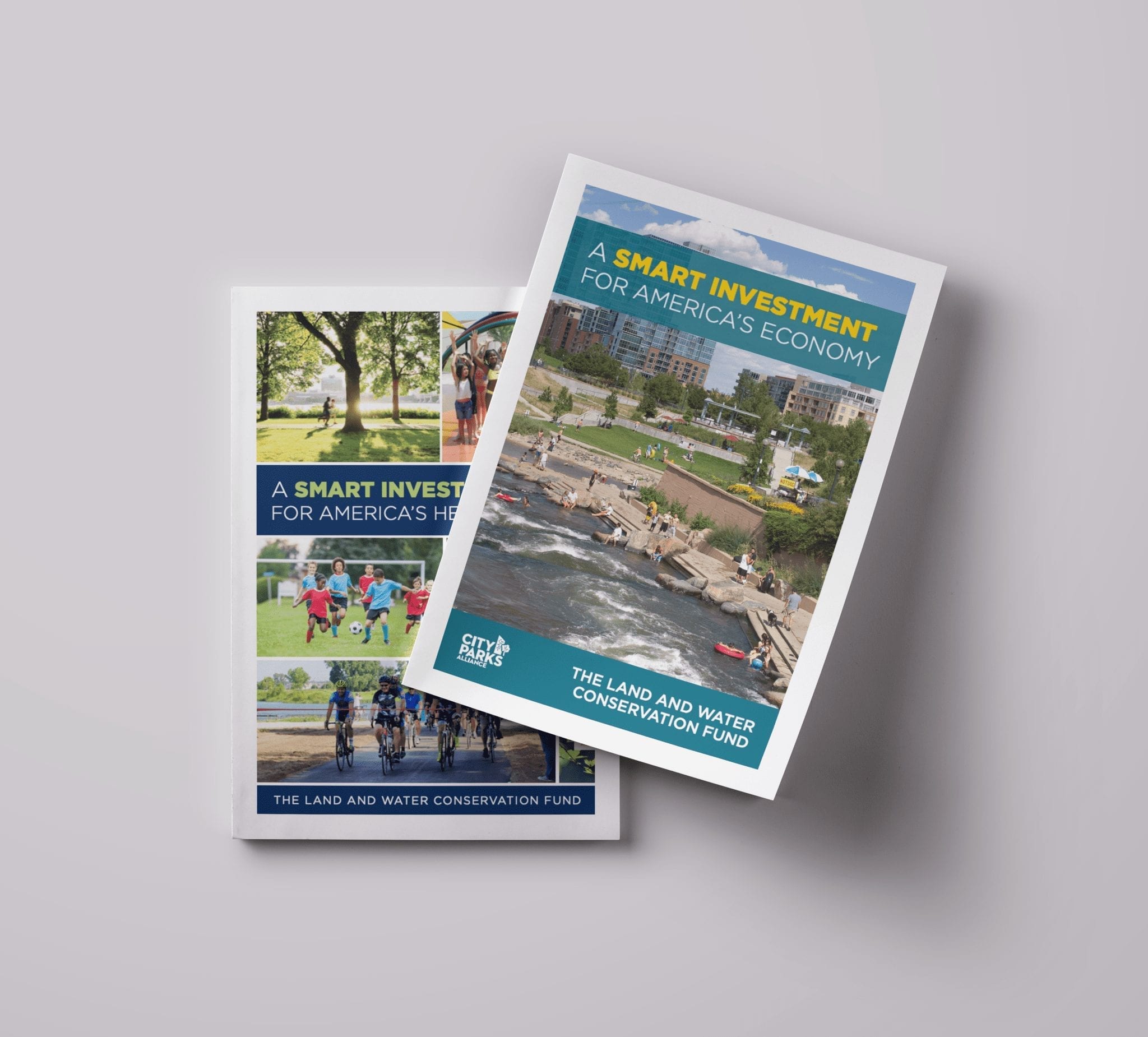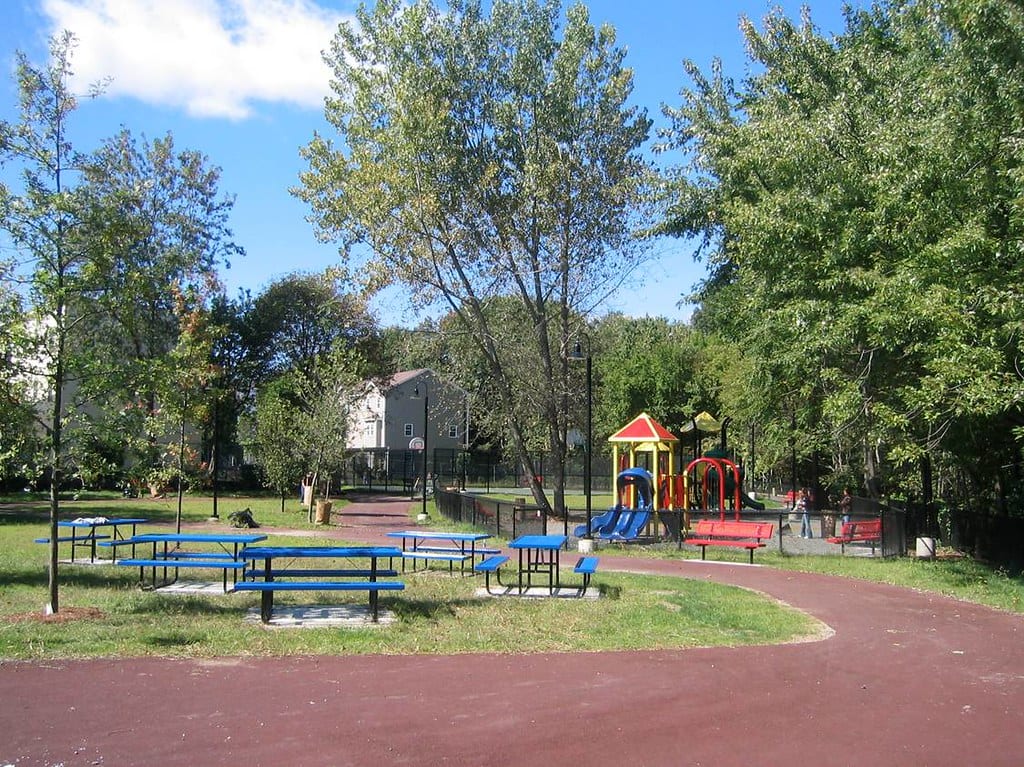Community development includes community-driven efforts to create vibrant, healthy, and livable neighborhoods, while developing economic and employment opportunities for low-income residents. Historically, it has focused on affordable housing and jobs, but increasingly includes investments in parks, trails and public spaces as central to healthy, livable neighborhoods.
With funding from local sources matched by banks, philanthropic institutions, and the federal government, community-based organizations, park and recreation departments are driving park improvements, and, in some cases, are taking on control of park operations and programming to ensure they reflect the needs of local residents.
Federal Community Development Block Grants have been an increasingly common source of funding in neighborhood parks in economically distressed neighborhoods. New Market Tax Credits, which are a newer source of federal funding for community development, are not often used for parks and recreation; however, increasingly, communities are using New Market Tax Credits to fund successful park and recreation projects.
A variety of local funding strategies are used to fund parks as part of a community development effort, many of which are detailed in the City Parks Alliance report, Closing the Gap: Public and Private Funding Strategies for Neighborhood Parks.


